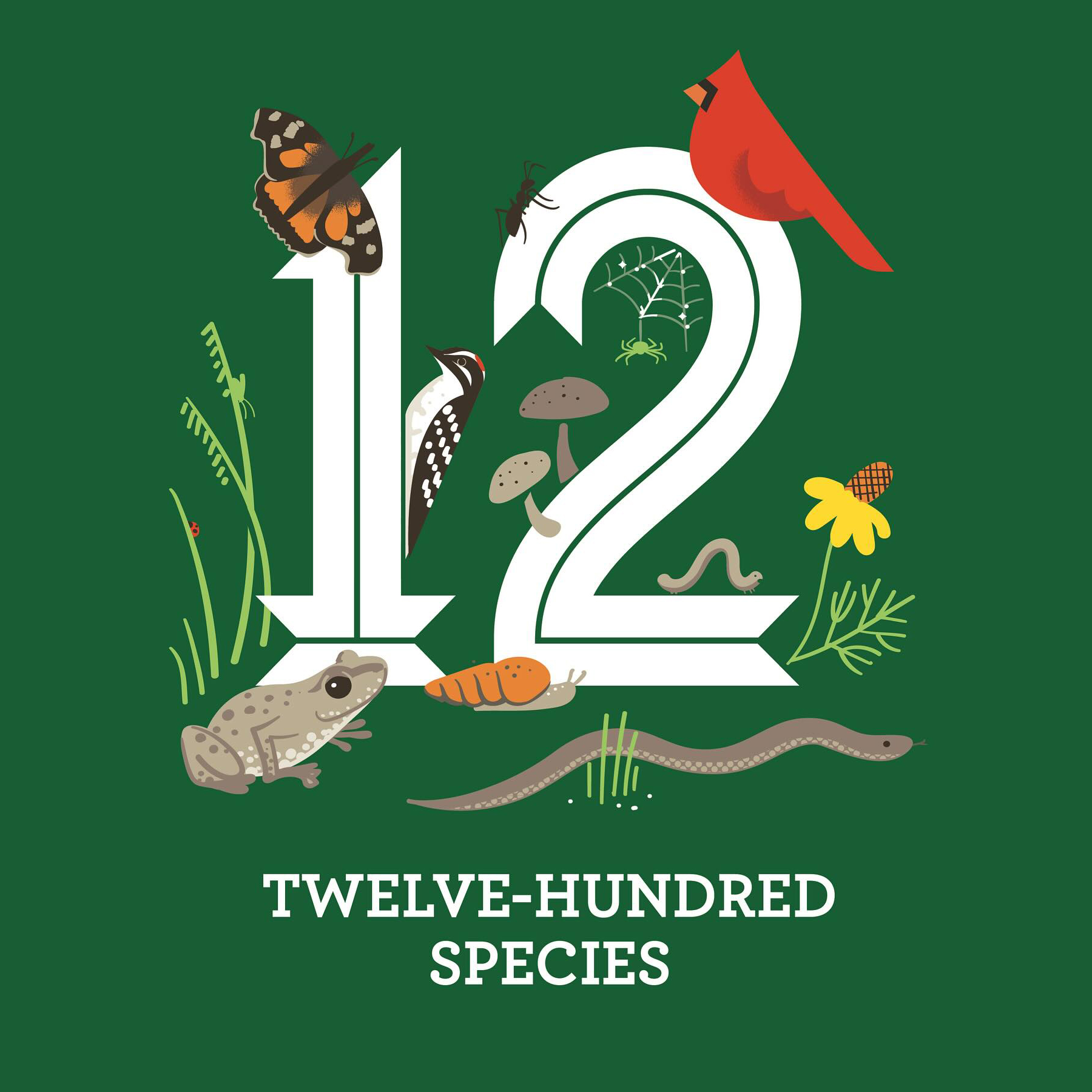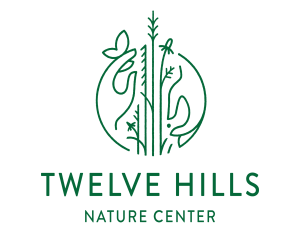
Happy Holidays from all of us at Twelve Hills Nature Center! Rounding out the 12 days of Twelve Hills is our hard-working board (minus 2)! Many of us are Master Naturalists, but all of us have a deep love of nature and the Blackland Prairie.
The fact that over 1,200 species have been observed in our restoration project is a powerful sign of success. This remarkable biodiversity shows that the prairie is not just surviving — it’s thriving.
Each species plays a role in maintaining a healthy, balanced ecosystem, from pollinators and birds to grasses, wildflowers, and fungi. The more species present, the more resilient the prairie becomes against threats like invasive plants, climate change, and habitat loss.
High biodiversity is critical to ecosystem stability. Each species contributes to processes like pollination, seed dispersal, soil health, and natural pest control. For example, native bees pollinate wildflowers, birds like cedar waxwings spread the seeds of berry-producing shrubs, and insects like wheel bugs and ladybugs help control pest populations. More species mean more interactions — and those interactions keep the ecosystem strong.
This level of biodiversity is especially significant considering that less than 1% of the Blackland Prairie remains. Every species observed at Twelve Hills Nature Center represents a victory for restoration efforts, showing how nature can rebound with the right support. By fostering a rich and diverse prairie, Twelve Hills provides essential habitat for wildlife, supports pollinators, and offers a living example of what’s possible when we work to restore natural ecosystems.



